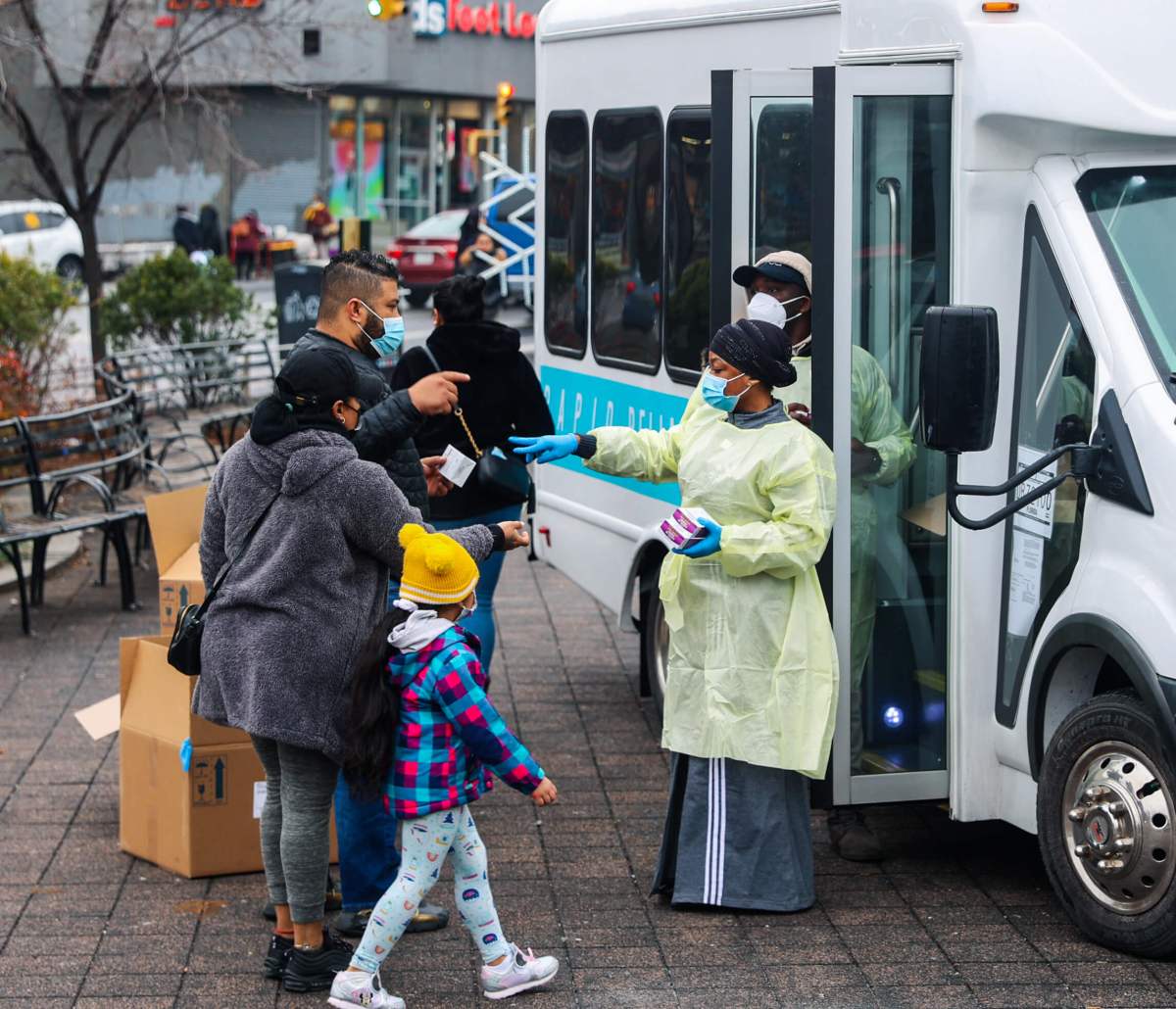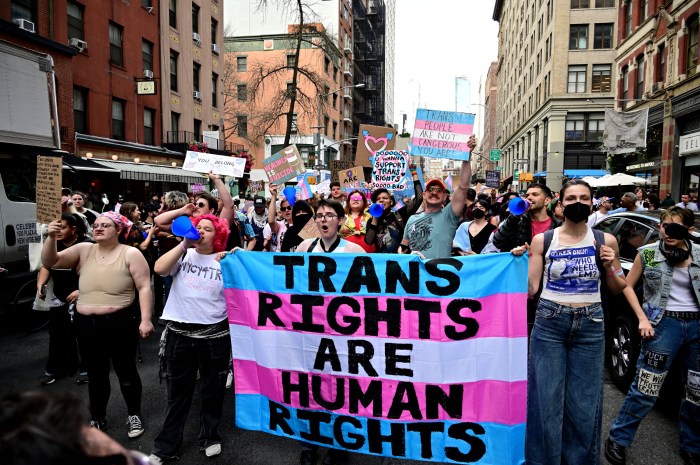Out of 50,000 New Yorkers tested for COVID-19 in New York City and the surrounding counties — Westchester, Nassau, and Suffolk — over 57% came back positive for the virus between March 4 and April 10.
Northwell Health’s Feinstein Institute for Medical Research released the data they compiled during the height of the pandemic in New York based on those who sought services from them, and not only did the majority test positive, 30% needed hospitalization.
Over that period of time, just over a month, 8,174 people were admitted to Northwell facilities with COVID-19 alone, the institution said.
“To better understand how COVID-19 spreads, we need to know where people who got infected by the virus lived, when they got infected, and then learn as much about them as we can,” James Crawford, a lead professor at the Feinstein Institutes, said. “This information helps us better understand who is at risk of getting COVID-19 and can help inform other regions that are still on the upswing of viral spread. This study also will help us prepare for future surges of this or other viruses.”
According to Northwell, this data illustrates just how widespread the illness was at the beginning of New York’s time as the national epicenter of the global pandemic. Westchester and Suffolk Counties had the lowest infection rate in the downstate area, 46.4% and 51.2% respectively, the study claims.
Where was the highest number of cases?
Queens turned up with 68.5% positive while Brooklyn came back with 62.3% and the Bronx with 59.2%.
The positive rate for Queens may come as no surprise for residents of the second-most populous borough in the city; Elmhurst Hospital found itself struggling with a high number of deaths from COVID-19, with 13 patients expiring there in one day in late March. Elmhurst is not under the umbrella of the Northwell name.
Northwell regards these findings as not only a barometer for where and when people are exposed and predominantly suffer from the illness, but how a modern health system as well as governments can respond to future pandemics.
The study, published in the journal Clinical Infectious Diseases, was also able to hash out the infection rates between men and women.
“After treating more than 50,000 COVID-19 patients, 1,500 of whom were enrolled in clinical trials, our data is a powerful weapon against the virus,” Kevin Tracey, president and CEO of the Feinstein Institutes, said. “Dr. Crawford’s research is a key part of that effort and will help us understand the evolution of the COVID-19 pandemic.”
Men and women under the age of 25, Crawford’s team estimated regional case incidence by April 10 was less than 1%. Females age 25 and above, the estimated regional case incidence increased from 1.7% to 2.6% through age 84. It was about 4.7% for people ages 85 and above. Males 25 and older, estimated regional case incidence was 1.6% at age 25 and 4.4% through 84 and was 6.0% after the age of 85.




































